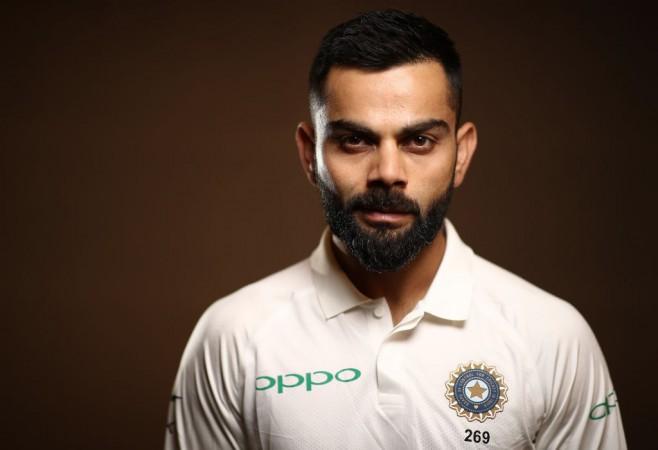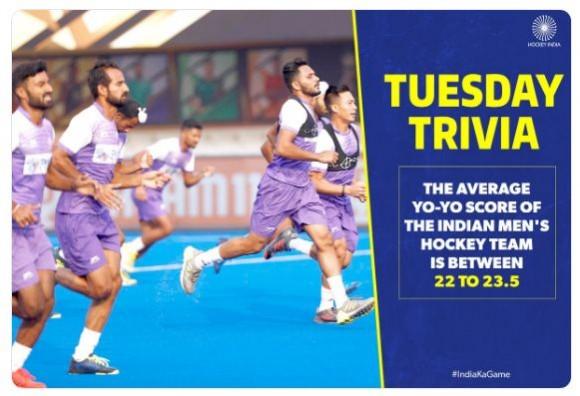
In the last couple of years, the Yo-Yo test has often been in headlines with regard to the Indian cricket team. It is part of Virat Kohli's determination to take his team's fitness to the next level. The Kohli-led side has set a benchmark for all its players, without clearing which, they are not qualified for selection in the national side.
This unique fitness test was first utilised in European football and was later adopted by various cricket teams. India are relatively late entrants into the Yo-Yo club. It reflects the demands of new-age cricket as well as the determination of the India captain. Not surprisingly, he has been acing the test and leading by example.
Not going into the complex details of the test, it basically involves cricketers shuttling between two cones placed 20 meters apart at an increasingly fast pace. The cut-off score for Indian cricketers in this test has been set at 17.5. Those who get an even higher score are considered super-fit. Virat Kohli's scores in this test have been usually around 19. But in his prime, he has even reached the score of 21.
The shocking fact
Sounds impressive, doesn't it? Of course, you would expect Kohli with his chiselled body and severe control over diet to lead the fitness charts. But would you believe that even the Indian cricket captain – with his near-perfect physique – wouldn't even qualify as an average athlete if pitted against our country's hockey players?
But it's indeed true! Hockey India put out a tweet on their official twitter handle on March 23 revealing that the average score of Indian hockey players in Yo-Yo tests is between 22 and 23.5!

Importance of this fact
It shouldn't come as a surprise that hockey players are performing better than cricketers. The very nature of the two sports makes it necessary that the former are more athletic than the latter. But even if we compare the hockey team's results by the general standards, they are highly impressive.
A score of 22 is world-class for an athlete in any team sport. Getting one above that is exceptional. This brilliance of the hockey team is very important as it points to a major change in Indian hockey. Over the last three decades, it was believed that the main reason for Indians not succeeding in their national sport was the inability to match the fitness and speed of other teams.
In fact, the defeat of the men's side in the 2002 Busan Asian Games gold-medal match to South Korea was entirely ascribed to better fitness levels of the victors. The Indian hockey team was even sent to train with NSG commandoes at their base for making them fitter.
The fact that hockey players are extremely fit shows that this is no longer an issue. And it is plainly visible. Watching the Indian team in action would make anyone realise that they are as strong and as quick as any other side. This is a major achievement for the Indian hockey community. But, for the results to get better, a few other areas need improvement as well.

















